How to Take Adventure Photos: A Complete Guide
If you like photographing outdoors, you should consider adventure photography. This niche is great for those who enjoy traveling and capturing their experiences.
Whether you have experience in landscape, action, or portrait photography, you will probably find a way to utilise your expertise in adventure photography.
In this post, we have collected all our articles to help you capture your adventures.
What Is Adventure Photography?
Adventure photography is a combination of many other genres. It is based on capturing outdoor experiences. The point of this niche is to create dynamic and inspiring images while improving your photography skills in challenging conditions.
Most adventure photographers travel around the world to find spectacular locations for their shots. It is not uncommon that they have to deal with unpleasant weather or risky situations. However, the images they take are worth the extreme effort.
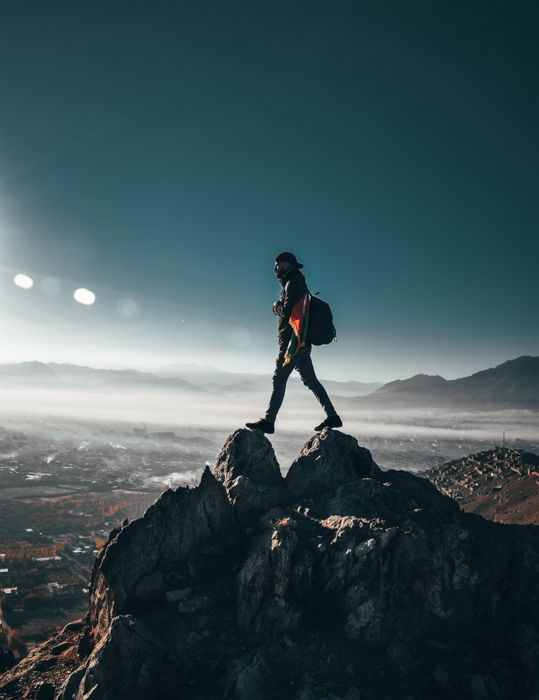
The Best Gear for Adventure Photography
Finding the best cameras is always tricky, no matter which niches you work in. There are a few extra things to consider when it comes to action photography.
On top of the sensor size, resolution, and light sensitivity, you also have to look at the autofocus system. You must pick a camera with fast and accurate autofocus. It is useful if there are a great number of focus points and various focus modes.
Check out our article if you are looking for the best adventure cameras in the market.
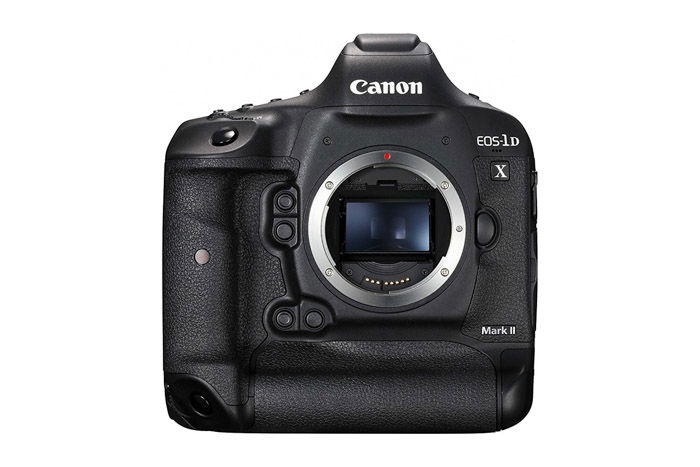
The Best Camera Drones
Drones allow us to discover unique perspectives. They offer us a viewpoint we are not familiar with, creating more interesting and attention-catching images.
However, to bring out the most of your drone photography, you must be mindful when picking which model you buy. Some are better for taking videos. Some are perfect for adventure photography.
In our article, we have collected the best camera drones that you can use for your work. Check it out if you are considering upgrading to a drone!
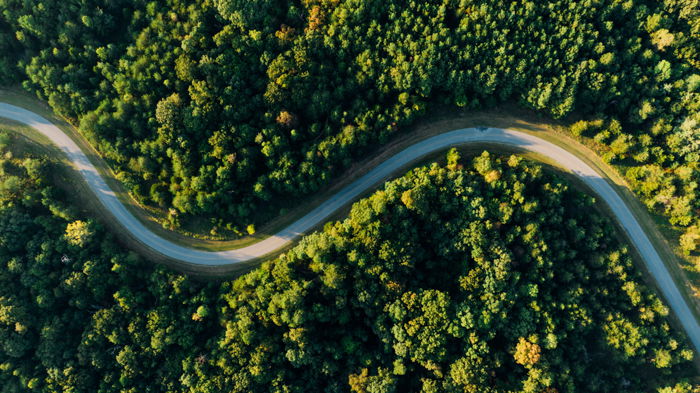
Mirrorless vs. DSLR: Which Camera Type Should You Choose
For decades, DSLRs ruled the digital photography market. But in the past few years, camera manufacturers have realised the potential of mirrorless cameras.
Both camera types have their advantages and disadvantages. When it comes to build and sturdiness, mirrorless cameras are nowhere close to their competitors. On the other hand, mirrorless bodies are a lot more compact and have a better autofocus system.
Generally speaking, it is up to your preferences to choose between the two camera types. However, for adventure photography, a mirrorless body would be more suitable.
Please read our article to find out the differences between the two systems!
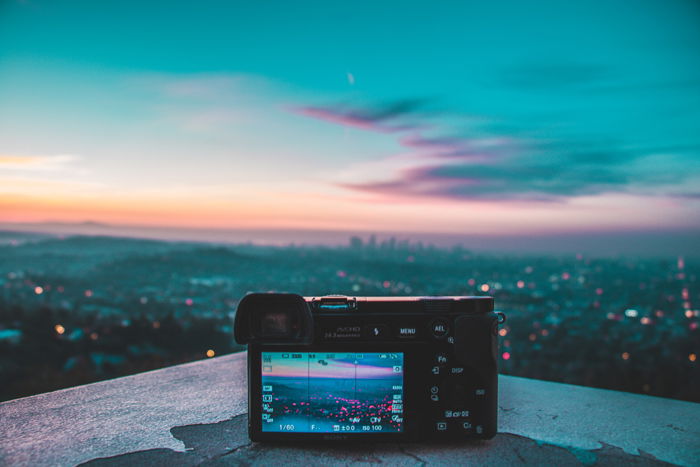
Which Lens Do I Need? From Fisheye to Super Telephoto
Lenses are what capture the moment. Every lens has different focal lengths, apertures, and distortions. For adventure photography, you will most likely need a wide-angle and a zoom telephoto lens.
A wide-angle lens will capture the subject alongside the environment. This will come in handy when you want to include the landscape and the surroundings in your image.
The telephoto option allows you to capture shots from a distance. It is perfect for portraits and action shots. If you choose a zoom lens, it will also give you flexibility during your work. You will not have to change your position every time you want to recompose an image. You will zoom in and out of the scene.
Read here for all the information on choosing the right lens(es) for you and your adventure photography.

Adventure Photography Accessories
Top 20 Essential Pieces of Equipment for Adventure Photography
Depending on the topics you are photographing, you might need different gear in different situations. However, some essential pieces of equipment are a must-have for every adventure.
You must get yourself familiar with the basic gear that you need to have with you at all times. You can, of course, discover more options that can enhance your photography.
Read here on all the gear you will need to start your adventure photography.
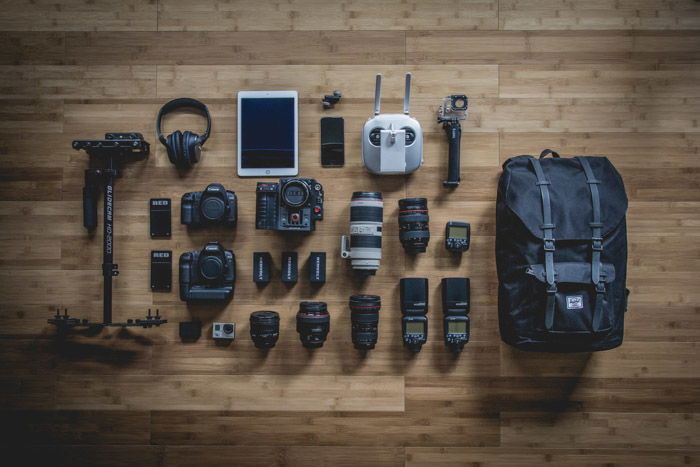
The Best Camera Backpacks
Your backpack is essential, as it will house all your equipment. You will want it to be comfortable and waterproof.
It is useful if the backpack has dividable areas to keep your camera equipment organized. The more pockets, the better.
It would be best if you also considered getting a backpack that is big enough for a tripod. It will make your life easier during adventure photography if you do not have to carry your tripod separately.
Check out our post for more information and the best backpacks.
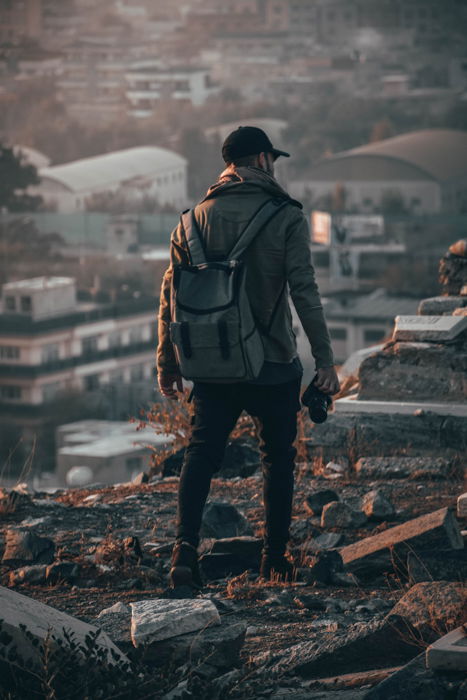
Which Are The Best Travel Tripods
A tripod helps you capture long exposures and avoid camera shake in low light conditions. Tripods can also be quite heavy and hard to carry, so you might not be motivated to bring them to your photography adventures. You need to find the model that fits your needs the most. There are lightweight tripod options, and some even fit into your backpack.
Read here for more information on tripod choices for all your travel photography needs.
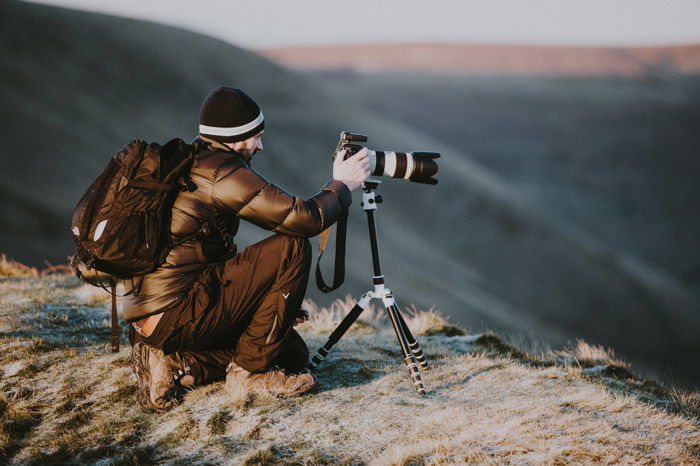
In situations where a backpack is not suitable, you can also try a photographer vest. It is a great tool for carrying your gear without having to carry a bag.
Most photographer vests have at least ten pockets where you can fit every piece of equipment you have. From camera bodies to lenses, filters, and memory cards, vests have a pocket for everything.
They are usually weatherproof, and they come in different colors. Wearing a vest will also ensure that you keep your gear safe, as you literally wear it on yourself.
For the best photographer vests and jackets, read our article!
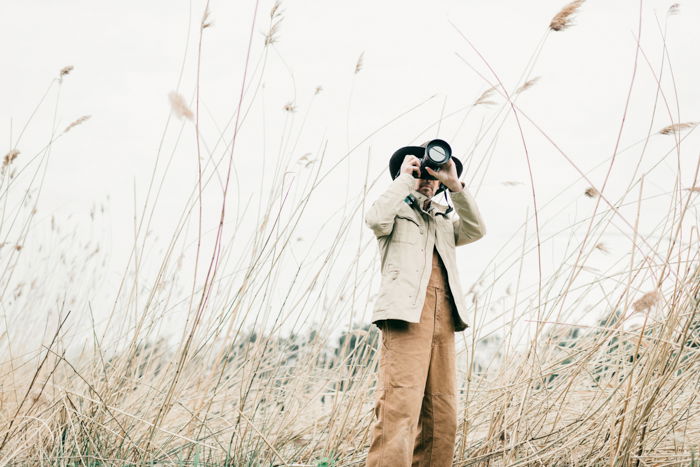
Adventure photography is a niche where you exclusively shoot outdoors. While this might be fun during spring or summer, you have to count on harsh during winter.
To avoid having your hands frozen, some gloves are specially dedicated to photographers. Some have fingertips that are compatible with touchscreens, and others offer removable fingertips.
To learn more about which photography glove you should choose, check out our post!
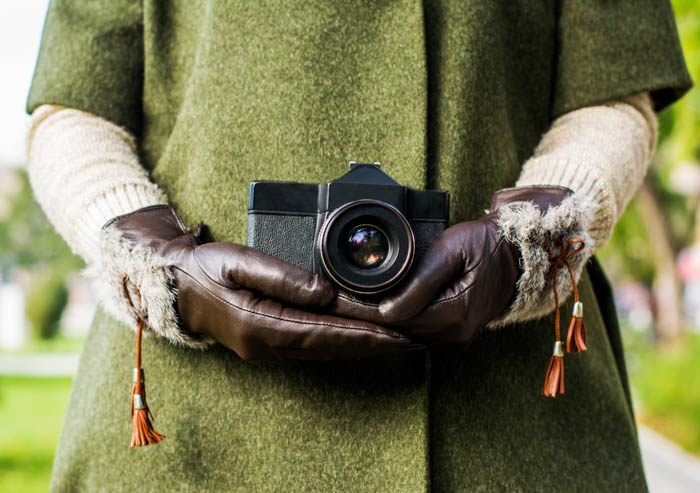
Best Tips for Adventure Photography
Get Started With Adventure Photography
Once you are familiar with the gear you need, it is time to get to know more about how adventure photography works in practice.
Planning is an essential part of adventure photography, so you need to learn how to research your photo sessions. You also have to be mindful of how much equipment you are bringing with you.
Sharing your photos is another huge part of the process. Shooting for yourself is fun, but it is even better if you can monetise your work.
To learn how it all works, check out our full article!
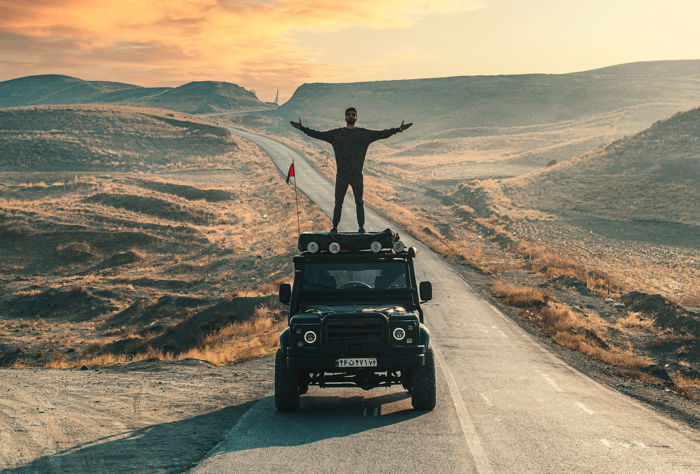
Tips and Types of Adventure Photography
What is it about adventure photography that interests you? Do you prefer to watch and observe from the sidelines, or do you also participate?
These are questions to get you started and will determine what kind of adventure photographer you are. You need to have a passion for your photographic area, keeping up the momentum when the motivation becomes difficult.
Read here on what types of adventure photography there are out there and what will suit you best.
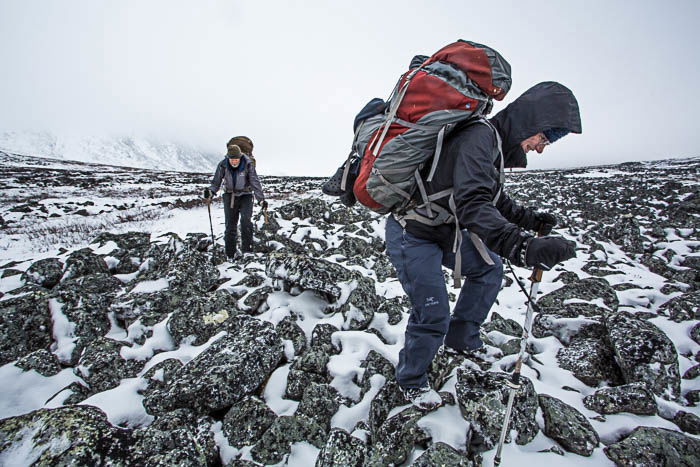
10 Tips for Better Adventure Photography
Being an adventure photographer might sound glamorous. It also requires commitment and patience to do the research and post-processing needed for each photo session. You need to learn how to use perspective to your advantage. It is useful too if you can create dynamic compositions by taking part in your scenes.
- Your photos should tell a story and be planned in advance
- Bring appropriate equipment for the adventure, such as a carbon fiber tripod and
- Decide if you will be a participant or an observer in the activity you are photographing
- Isolate or illustrate the subject or scene to emphasize important elements
- Use angles and perspectives to add visual interest and tell the story
- Experiment with different exposures and compositions
- Use light to your advantage, such as early morning or late afternoon light
- Incorporate people and action to add context and give a sense of what it was like to be there
- Edit and curate your photos to create a cohesive story
- Practice and stay up to date on photographic techniques
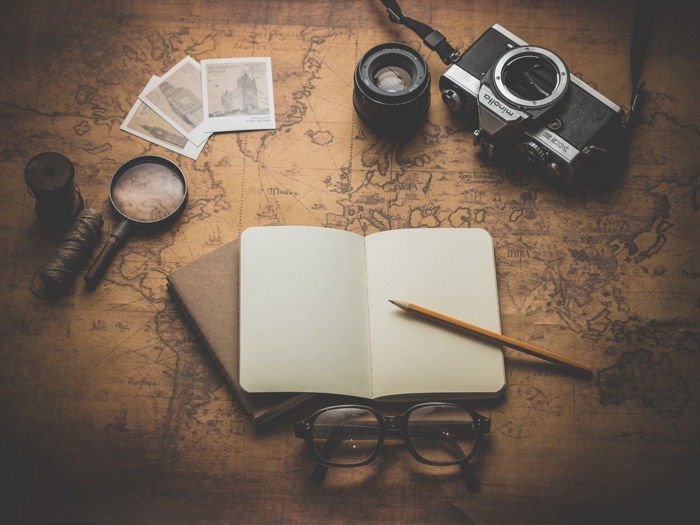
How to Improve Your Adventure Photography Skills
As we pointed out, adventure photography can be tough to get into. You need a variety of skills to make the most out of this niche.
If your chosen area is a sport or leisure activity, do you know all the ins and outs of it? Do you do it yourself or know someone who does?
Photographing an area that you are interested in will make it easier. You may even have a passion for snowboarding, so why not start there?
Read all the adventure photography tips for beginners here.
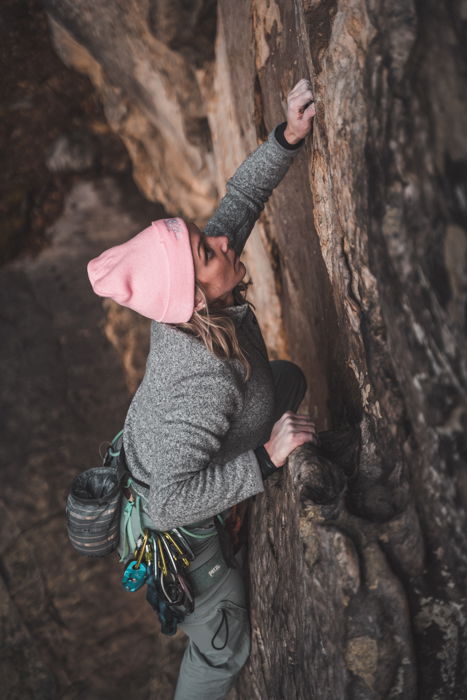
Best Tips for Stunning Mountain Photography
Taking photos at spectacular locations plays a huge part in adventure photography. And what could be a better landscape than stunning mountains? You can choose to shoot wide-angle mountain photos, or you can opt for closeups. However, both approaches require you to get familiar with the basics of mountain photography.
You must learn how to prepare for your photoshoots, from researching and location scouting to checking the weather forecast.
For more tips, read our article about mountain photography!
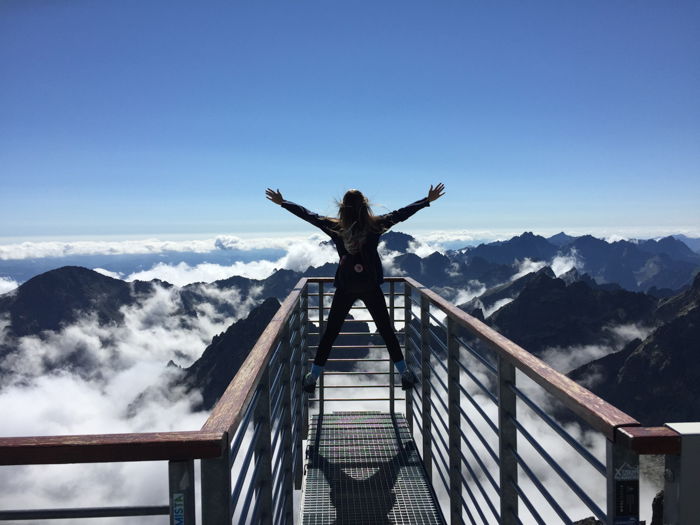
10 Useful Tips for Adventure Photographers
Traveling and working alone can be a blessing but also a challenge. Having a person with you is advantageous for many reasons, but there are also downsides.
For work, this means that you do dont have to worry about someone else and focus on your photography.
One tip we recommend is to go to places where you might meet like-minded travellers.
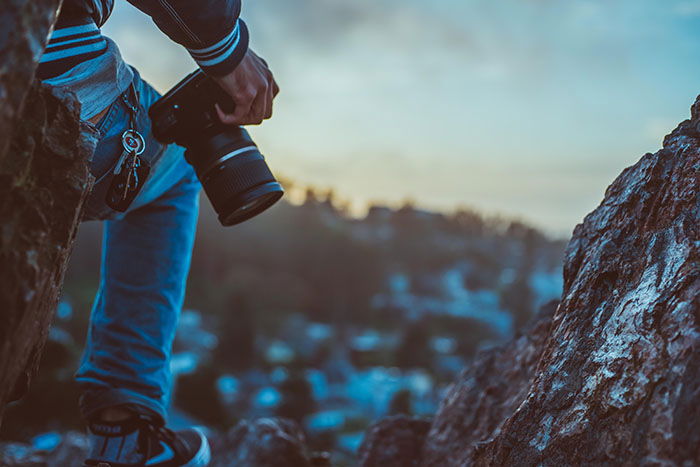
A Guide to Adventure Photography
As we mentioned before, picking the right equipment is a crucial part of adventure photography. The camera, the tripod, and the backpack all affect how your photo sessions go. But having fitting gear is just the beginning. Taking better and better adventure photography images is key.
One way to do this is to have a clear idea of what you want to achieve. There are some tricks on how to motivate yourself to go out on adventures.
Read our article for tips about equipment and techniques!
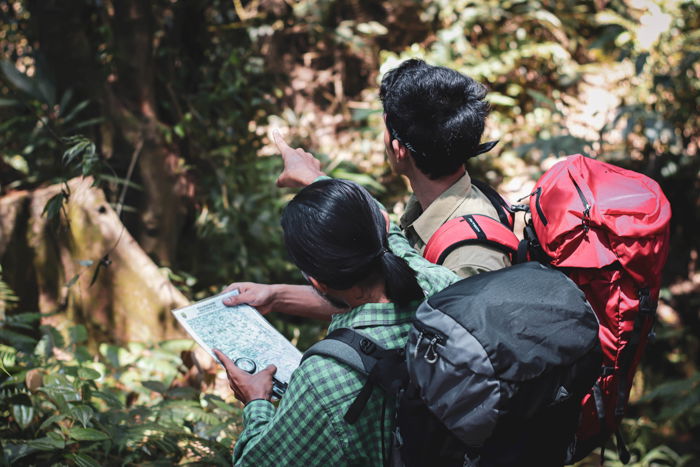
How to Take Amazing GoPro Photography
Using GoPro is a modern way of taking action photos. These action cameras are waterproof and practically unbreakable. They are also small and extremely portable, plus they come with a lot of accessories. You can attach them to your helmet, vest, or even car to record special moments.
In this article, we have collected some motivational and practical ideas about GoPro adventure photography.
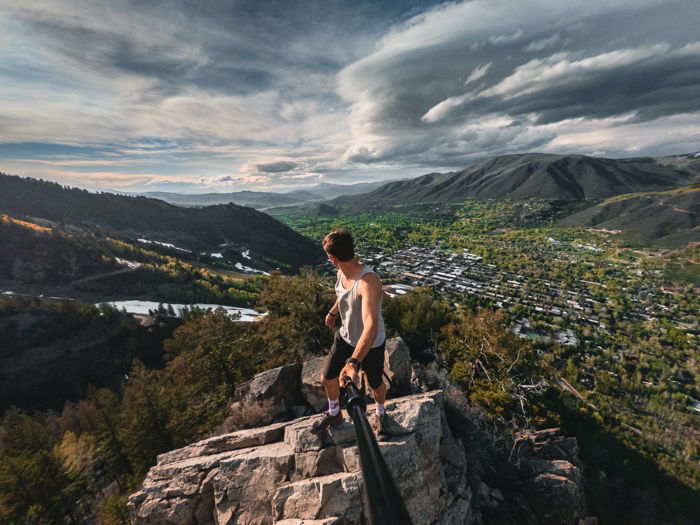
Casey Kiernan's Iceland Photography Workshop Review
If you are a beginner, adventure photography workshops can offer many benefits. They can grant you access to some of the most photogenic places on earth. They are also great ways to practice in a safe environment. You will also have the constant guidance of a photographer who has expertise in the area you are learning.
This post is all about Casey Kiernan’s Iceland photography workshop, describing the awesome experience that the workshop was.
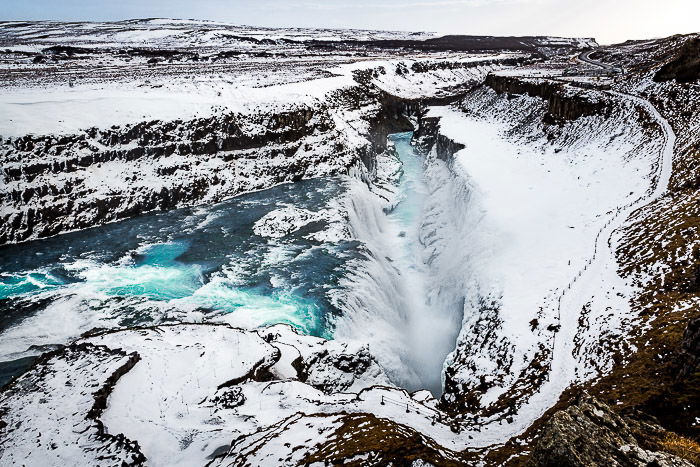
How to Plan for Road Trip Photography
There are many ways to travel, and each has its own magical atmosphere, but the most accessible and possibly most adventurous way of traveling is by car.
Roadtrips have a special atmosphere where you feel free as a bird. They also provide the flexibility that makes them perfect for adventure photography.
If you want to shoot road trip photos, you need to be prepared for every scenario. You must do a proper checkup on the car and all your equipment before leaving. Finding locations and planning an itinerary also requires some extra research.
Read our article to learn what to pay attention to!
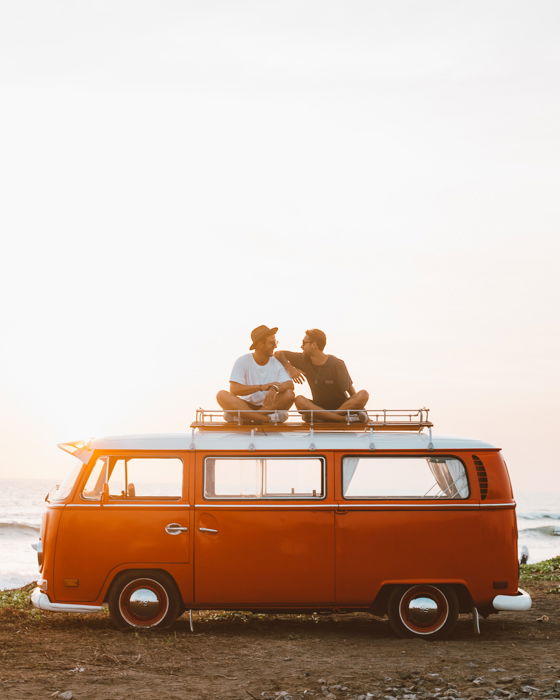
Safety Tips for Adventure Photography
10 Tips for Safe Travels
Staying safe is the key to a happy, motivated traveller. It will be difficult to motivate yourself and photograph broken or stolen equipment.
Some of the items you have with you will be necessary for your photography. A laptop allows you to post-process and share your work online. You will be away from home for extended periods of time. Having your laptop stolen means either buying a new one or using that hostel computer with Windows 95.
Keep your gear safe at all times. If a situation feels dodgy, then best stay away. The risks are too great.
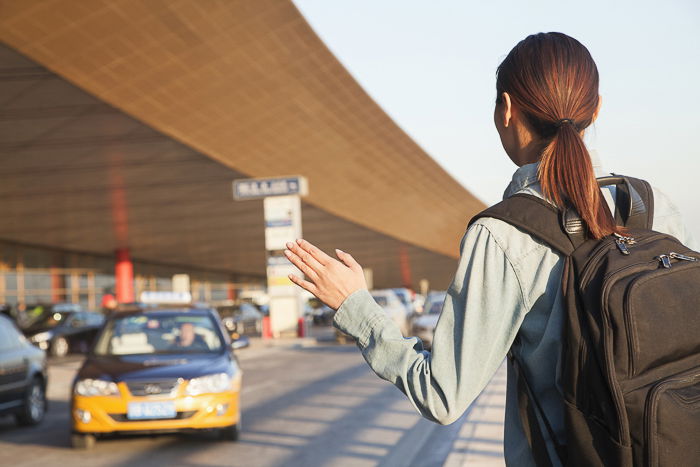
Tips for Safely Traveling With Your Camera
Keeping yourself safe should always be the priority. Once you ensure that it is also important to think about your gear’s safety. After all, you do not want to end up with a broken camera, lost accessories, or a stolen lens.
Luckily, many tools help you keep your equipment safe. From padded bags to finding the right camera strap, we have collected 9 tips on what to pay attention to during your photography adventures.
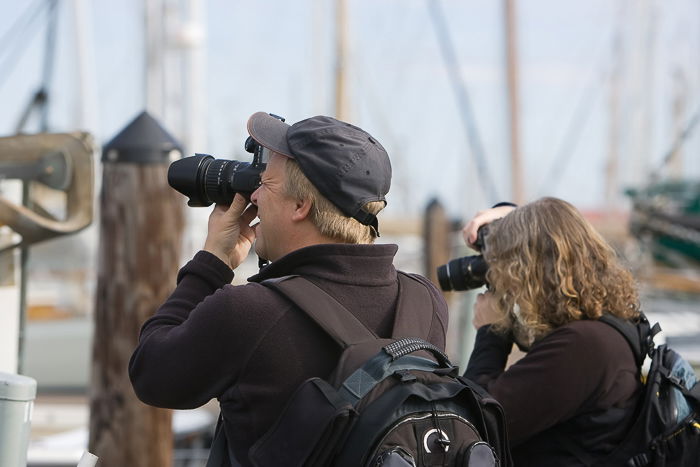
Composition Rules for Adventure Photography
Best Tips For Telling Great Stories
By telling a story, you make a series of work very powerful. Great storytelling ensures that your images will be interesting even if they are not perfect. You will not need to figure out the perfect composition or lighting. If you catch the right moments, your images will speak for themselves.
Planning, timing and luck all play a part in capturing stories. Read our article to find out more!
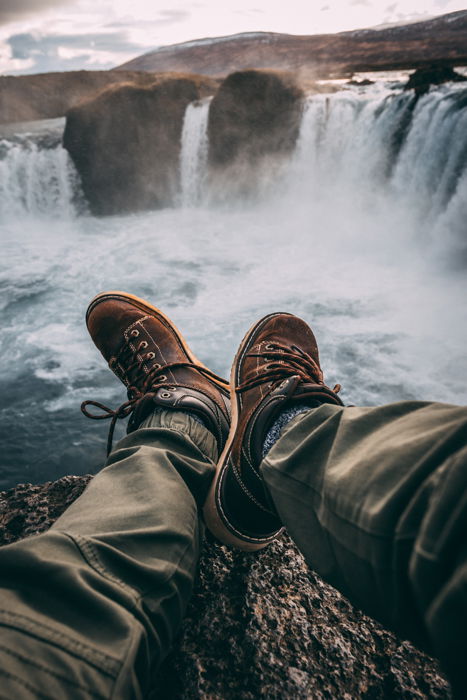
A Beginner's Guide to Basic Photo Composition
Compositions help to add interest to images that are a little bland. The story or setting will benefit from compositions and help to make them more interesting.
One tip we recommend is to focus on one thing. Do not overcomplicate the photo, as we often see that simplicity is a potent tool.
Leading lines with a vanishing point can be fascinating in a landscape image. Meanwhile, for sports photos, dynamic tension is a great tool to spice your composition up.
For other tips and inspiration for adventure photography compositions, read here.
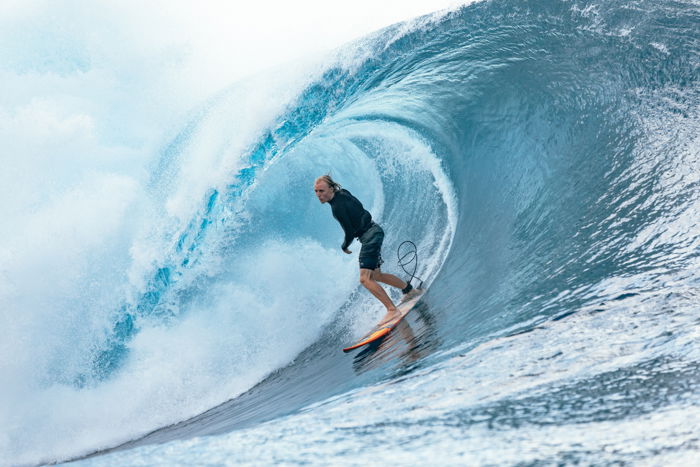
The Most Important Rules of Composition
Photography is an amazing tool to get creative and artistically express yourself. However, there are a few compositional rules that are worth keeping in mind.
Playing with composition is an area of photography where you have endless possibilities. Whether you use the rule of thirds, add movement to the photo, or create dynamic tension, every compositional rule makes your images more appealing to look at.
These rules can be applied to adventure photography as well.
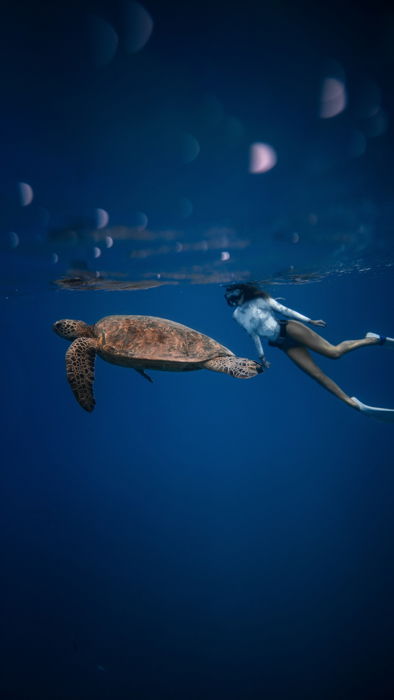
How To Edit Your Adventure Photography
10 Different Photo Editing Styles to Try
Having a distinct editing style has several advantages. First of all, you will have an easier time editing photos. You will know how you want your images to look and which adjustments you should make to reach that.
Experimenting with different styles can improve your technical skills while inspiring you to step out of your comfort zone.
Read here to find out the best 10 editing styles you can try.
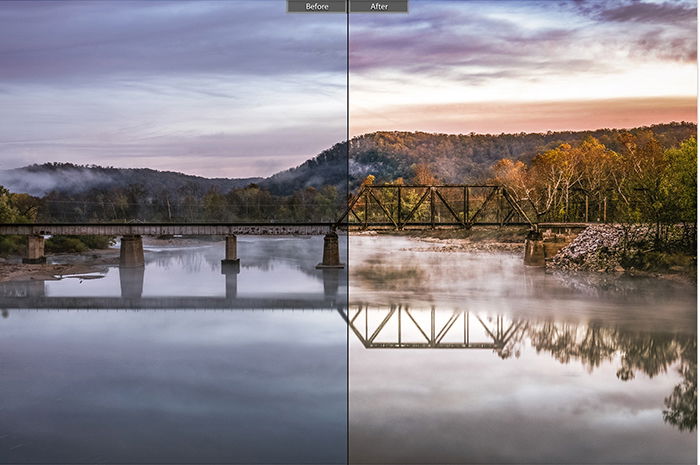
Best Free Lightroom Landscape Presets
If you aim to create your own style, it might be a good idea to try using presets. Not only do they add an overall look to your photos, but they also help you speed up your workflow. You can apply them with just one click, and the results will already be visible.
Creating your own presets is one way to do it. But there are also free presets available that you can download and install in Lightroom.
If you are interested in the best free landscape presets, check out our article.
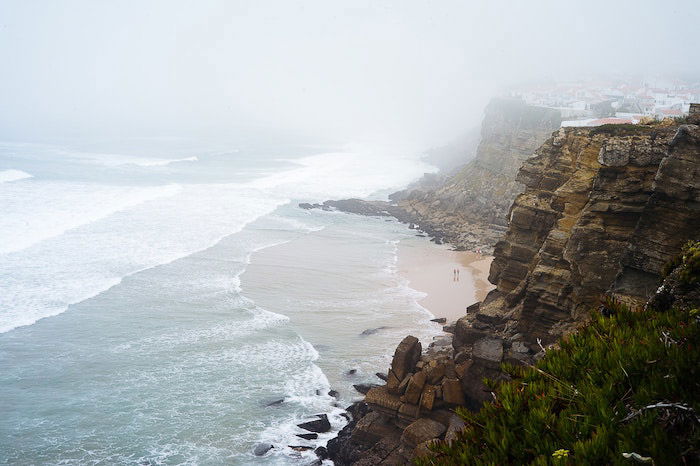
10 Photo Editing Tips for a Faster Workflow
Taking photos is only half the work. The other half is post-processing and exporting them in a file format and size that suits the purpose of the images.
Getting yourself familiar with the editing programme you are using is the key to a fast workflow. Only then will you understand the tools and be able to bring the most out of them.
Presets, auto adjustments, keywords, and ratings all help with speeding up your editing process. Check out our article if you want to have a faster workflow!

Conclusion
Adventure photography is a niche that is a combination of many different genres. You will find yourself diving into the area of landscape, sport, action, and portrait photography.
However, before you go out and start taking photos, it is useful to have a basic knowledge of what you need to pay attention to.
Learn how to capture stunning landscapes every time you shoot with our Simply Stunning Landscapes course!




